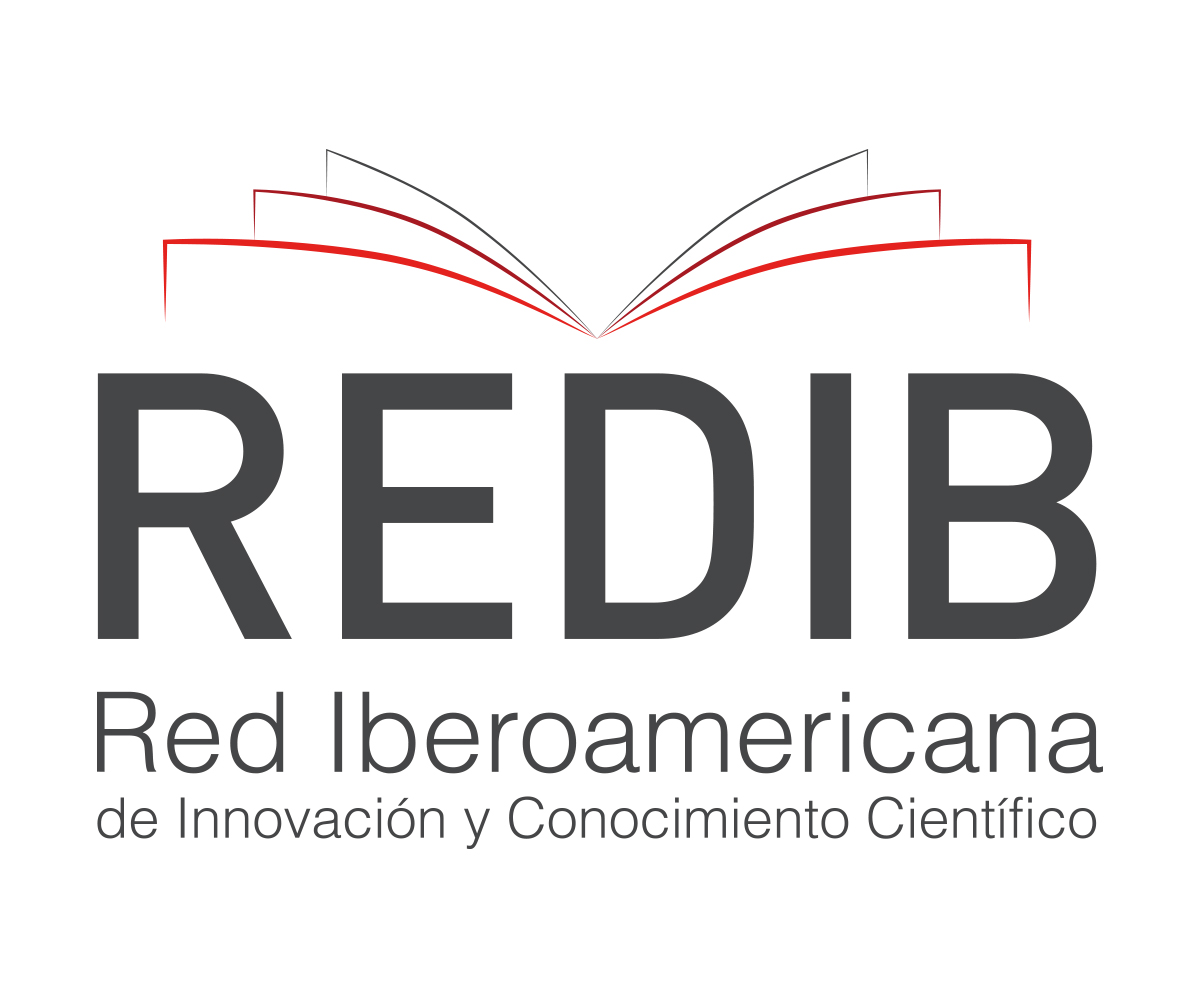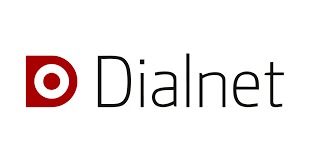Evaluación de le eficiencia productiva en la fabricación de piensos. Caso molinos Cienfuegos
Resumen
En el trabajo se realizara una Evaluación de Producción Más Limpia en la Empresa Productora de Piensos Cienfuegos. Se realizó un estudio detallado de las entradas y salidas del proceso, para identificar las opciones de mejoras e implementar un Plan de Producción Más Limpia. Se propone un plan de medidas, al cual previamente se le ha fundamentado su factibilidad técnica y económica, que incluye acciones de aplicación inmediata que proponen aplicar buenas prácticas operativas para el uso eficiente de las materias primas, otras que requieren cambios tecnológicos en el proceso y cambio de materias primas, las cuales permiten mejorar el desempeño de la empresa al obtener un beneficio económico, a la vez que se disminuyen los impactos negativos al medioambiente al: Primero, reducir el consumo de materias primas en 2778.53 T y $ 1 146653.71. Segundo, reducir los residuos sólidos en 298.66 T y $ 158887.12. Y tercero, reducir el costo de energía eléctrica en $ $ 71178.1Descargas
Citas
Thomas, M. A. F. B., & Van der Poel, A. F. B. (1996). Physical quality of pelleted animal feed 1. Criteria for pellet quality. Animal Feed Science and Technology, 61(1-4), 89-112.
Maciorowski, K. G., Herrera, P., Kundinger, M. M., & Ricke, S. C. (2006). Animal feed production and contamination by foodborne Salmonella. Journal für Verbraucherschutz und Lebensmittelsicherheit, 1(3), 197-209.
Eras, J. J. C., Varela, D. C., Pérez, G. D. H., Gutiérrez, A. S., Lorenzo, D. G., Vandecasteele, C., & Hens, L. (2014). Comparative study of the urban quality of life in Cuban first-level cities from an objective dimension. Environment, development and sustainability, 16(1), 195-215.
Thomas, M., Van Vliet, T., & Van der Poel, A. F. B. (1998). Physical quality of pelleted animal feed 3. Contribution of feedstuff components. Animal Feed Science and Technology, 70(1-2), 59-78.
R. Fiallos Castillo, J. Reyes Vasquez, P. Armas Ramírez, and M. García Carrillo, “Consideraciones para el rediseño de la línea de ensamble de vehículos aéreos no tripulados desarrollados por la Fuerza Aérea Ecuatoriana,” INGE CUC, vol. 12, no. 1, pp. 51–64, Jun. 2016.
Eras, J. J. C., Gutiérrez, A. S., Lorenzo, D. G., Martínez, J. B. C., Hens, L., & Vandecasteele, C. (2015). Bridging universities and industry through cleaner production activities. Experiences from the Cleaner Production Center at the University of Cienfuegos, Cuba. Journal of Cleaner Production, 108, 873-882.
Jutzi, S. C., Haque, I., & Tedla, A. (1987). The production of animal feed in the Ethiopian highlands: potentials and limitations.
Cheeke, P. R. (1991). Applied animal nutrition: feeds and feeding (No. 636.085 C444A.). New York: Macmillan.
Gutiérrez, A. S., Eras, J. J. C., Billen, P., & Vandecasteele, C. (2016). Environmental assessment of pig production in Cienfuegos, Cuba: alternatives for manure management. Journal of Cleaner Production, 112, 2518-2528.
Wood, J. F. (1987). The functional properties of feed raw materials and their effect on the production and quality of feed pellets. Animal Feed Science and Technology, 18(1), 1-17.
Skoch, E. R., Behnke, K. C., Deyoe, C. W., & Binder, S. F. (1981). The effect of steam-conditioning rate on the pelleting process. Animal Feed Science and Technology, 6(1), 83-90.
Beumer, I. H. (1991). Quality assurance as a tool to reduce losses in animal feed production. Adv. Feed Technol, 6(6).
C. Saavedra Sueldo, S. Urrutia, D. Paravié, C. Rohvein, and G. Corres, “Una propuesta metodológica para la determinación de capacidades estratégicas en pymes industriales,” INGE CUC, vol. 10, no. 2, pp. 43–50, 2014.
Wenk, C. (2000). Recent advances in animal feed additives such as metabolic modifiers, antimicrobial agents, probiotics, enzymes and highly available minerals. Asian Australasian Journal of Animal Sciences, 13(1), 86-95.
den Hartog, J. (2003). Feed for food: HACCP in the animal feed industry. Food control, 14(2), 95-99.
Eras, J. J. C., Santos, V. S., Gutiérrez, A. S., Plasencia, M. Á. G., Haeseldonckx, D., & Vandecasteele, C. (2016). Tools to improve forecasting and control of the electricity consumption in hotels. Journal of Cleaner Production, 137, 803-812.
Altintas, Y. (1992). Prediction of cutting forces and tool breakage in milling from feed drive current measurements. Journal of Engineering for Industry, 114(4), 386-392.
Stock, R. A., Lewis, J. M., Klopfenstein, T. J., & Milton, C. T. (2000). Review of new information on the use of wet and dry milling feed by-products in feedlot diets. Journal of Animal Science, 77(E-Suppl), 1-12.
Galitsky, C., Worrell, E., & Ruth, M. (2003). Energy efficiency improvement and cost saving opportunities for the Corn Wet Milling Industry: An ENERGY STAR Guide for Energy and Plant Managers. Lawrence Berkeley National Laboratory.
E. A. Pacheco Velásquez, “Un modelo para la optimización de políticas de inventario conjuntas en cadenas de suministro,” INGE CUC, vol. 9, no. 1, pp. 11–23, 2013.
Ramakrishnaiah, N., Pratape, V. M., Sashikala, V. B., & Narasimha, H. V. (2004). Value addition to by-products from dhal milling industry in India. Journal of food science and Technology, 41(5), 492-496.
Klim, Z., Ennajimi, E., Balazinski, M., & Fortin, C. (1996). Cutting tool reliability analysis for variable feed milling of 17-4PH stainless steel. Wear, 195(1-2), 206-213.
Jones Jr, J. B., Wolf, B., & Mills, H. A. (1991). Plant analysis handbook. A practical sampling, preparation, analysis, and interpretation guide. Micro-Macro Publishing, Inc.
Hens, L., Cabello-Eras, J. J., Sagastume-Gutiérez, A., Garcia-Lorenzo, D., Cogollos-Martinez, J. B., & Vandecasteele, C. (2017). University–industry interaction on cleaner production. The case of the Cleaner Production Center at the University of Cienfuegos in Cuba, a country in transition. Journal of Cleaner Production, 142, 63-68.
Balazinski, M., Songmene, V., & Kops, L. (1995). Improvement of tool life through variable feed milling of Inconel 600. CIRP Annals-Manufacturing Technology, 44(1), 55-58.
Kurien, P. P., & Parpia, H. A. B. (1968). Pulse milling in India. I-Processing and milling of Tur, Arhar (Cajanus cajan Linn). Journal of Food Science and Technology (Mysore), 5(4), 203-207.
M. E. Spina, C. Rohvein, S. Urrutia, G. Roark, D. Paravié, and G. Corres, “Aplicación del modelo SCOR en pymes metalmecánicas de Olavarría,” INGE CUC, vol. 12, no. 2, pp. 50–57, 2016.
Haridas Rao, P., Leelavathi, K., & Shurpalekar, S. R. (1983). Comparative studies on atta (whole wheat flour) and resultant atta, a by-product of roller flour milling industry. Journal of Food Science and Technology, 20(1), 5-8.
Páramo Bermúdez, G., & Benítez Lozano, A. (2013). Deformación incremental de lámina sin matriz (DIELESS) como alternativa viable a procesos de conformación de lámina convencionales. INGE CUC, 9(1), 115–128.
Koo, W. W., Mao, W., & Sakurai, T. (2001). Wheat demand in Japanese flour milling industry: a production theory approach. Agricultural Economics, 24(2), 167-178.
Cabello, J. J., Sagastume, A., López-Bastida, E., Vandecasteele, C., & Hens, L. (2016). Water Footprint from Growing Potato Crops in Cuba. Tecnología y Ciencias del Agua, 7(1), 107-116.
Engin, S., & Altintas, Y. (2001). Mechanics and dynamics of general milling cutters.: Part I: helical end mills. International Journal of Machine Tools and Manufacture, 41(15), 2195-2212.
Denkena, B., Boehnke, D., & Dege, J. H. (2008). Helical milling of CFRP–titanium layer compounds. CIRP Journal of manufacturing Science and Technology, 1(2), 64-69.
Suárez, O. J. (2016). Aproximación al origen de la noción de objeto de aprendizaje: revisión histórico - bibliográfica. INGE CUC, 12(2), 26–40.
Altintas, Y., & Montgomery, D. (1991). Mechanism of cutting force and surface generation in dynamic milling. Journal of Engineering for Industry, 113(2), 160-168.
Davis, K. (2001, September). Corn milling, processing and generation of co-products. In 62nd Minnesota Nutr. Conf. Minnesota Corn Growers Assoc. Tech. Symp., Bloomington, MN.
Jeong, Y. H., & Cho, D. W. (2002). Estimating cutting force from rotating and stationary feed motor currents on a milling machine. International Journal of Machine Tools and Manufacture, 42(14), 1559-1566.
Ramirez, E. C., Johnston, D. B., McAloon, A. J., Yee, W., & Singh, V. (2008). Engineering process and cost model for a conventional corn wet milling facility. Industrial Crops and products, 27(1), 91-97.
Saı, W. B., Salah, N. B., & Lebrun, J. L. (2001). Influence of machining by finishing milling on surface characteristics. International Journal of Machine Tools and Manufacture, 41(3), 443-450.
Yazar, Z., Koch, K. F., Merrick, T., & Altan, T. (1994). Feed rate optimization based on cutting force calculations in 3-axis milling of dies and molds with sculptured surfaces. International Journal of Machine Tools and Manufacture, 34(3), 365-377.
Los artículos publicados son de exclusiva responsabilidad de sus autores y no reflejan necesariamente las opiniones del comité editorial.
IJMSOR respeta los derechos morales de sus autores, los cuales ceden al comité editorial los derechos patrimoniales del material publicado. A su vez, los autores informan que el presente trabajo es inédito y no ha sido publicado anteriormente.
This work is licensed under a Creative Commons Attribution-NonCommercial-NoDerivs 3.0 Unported License.




